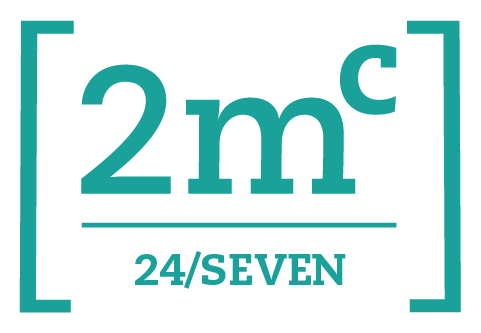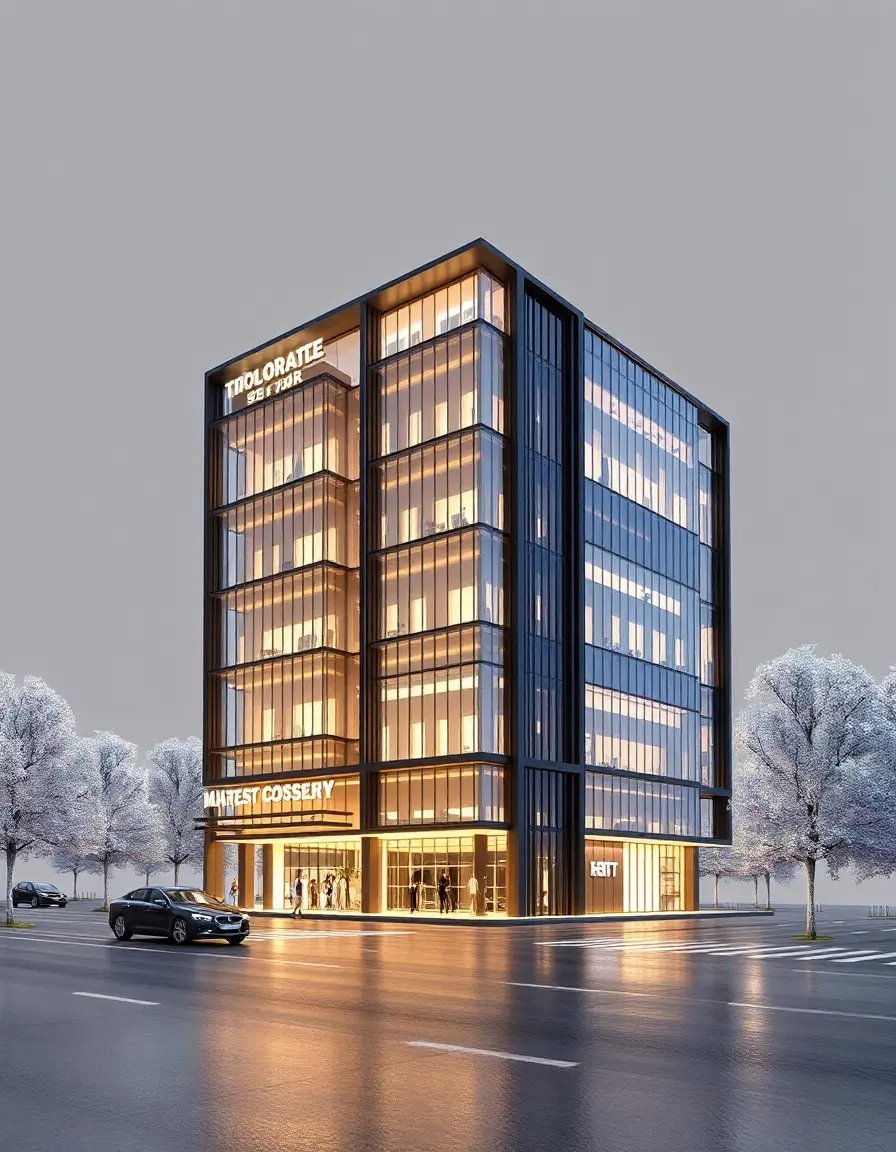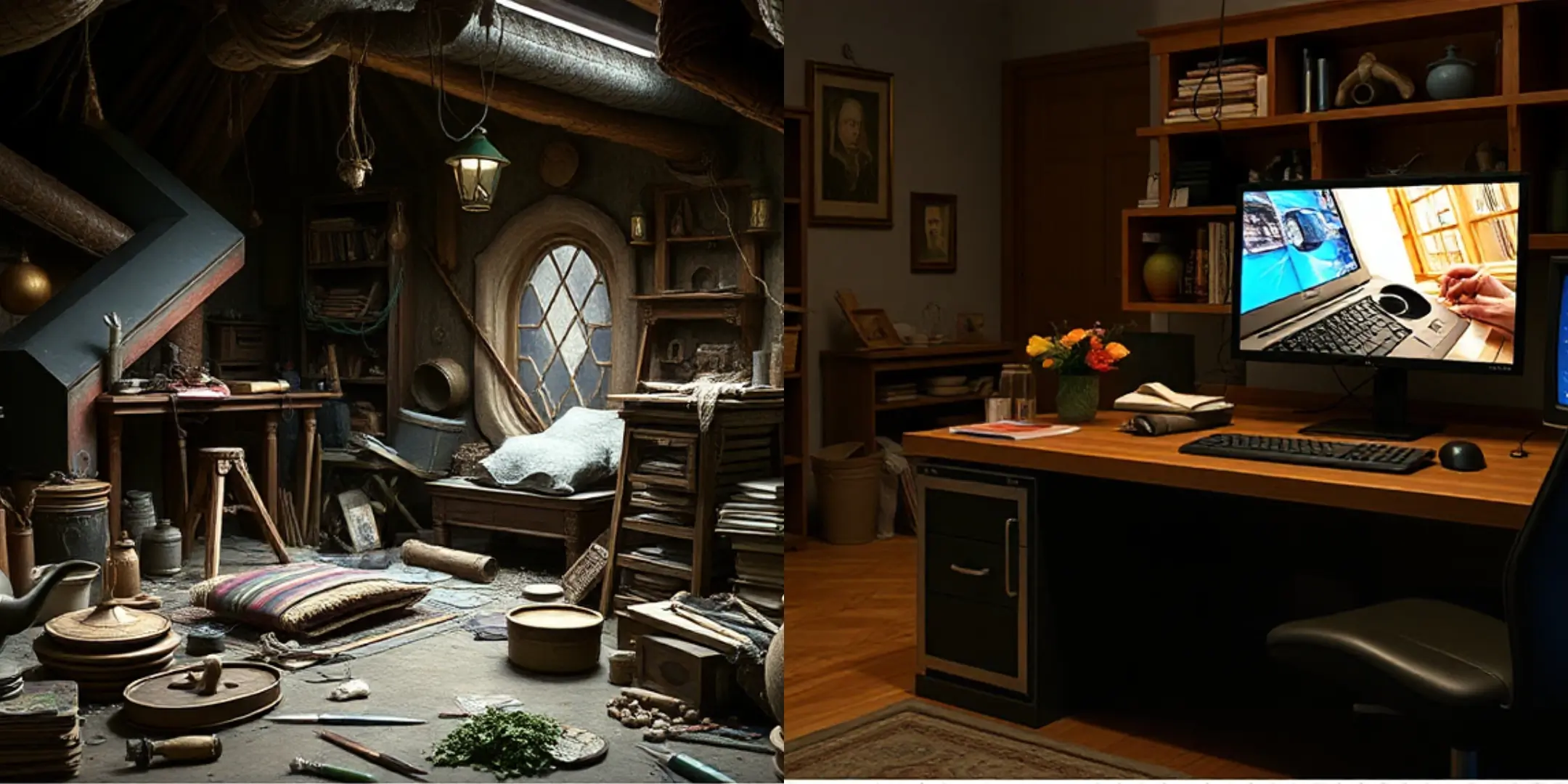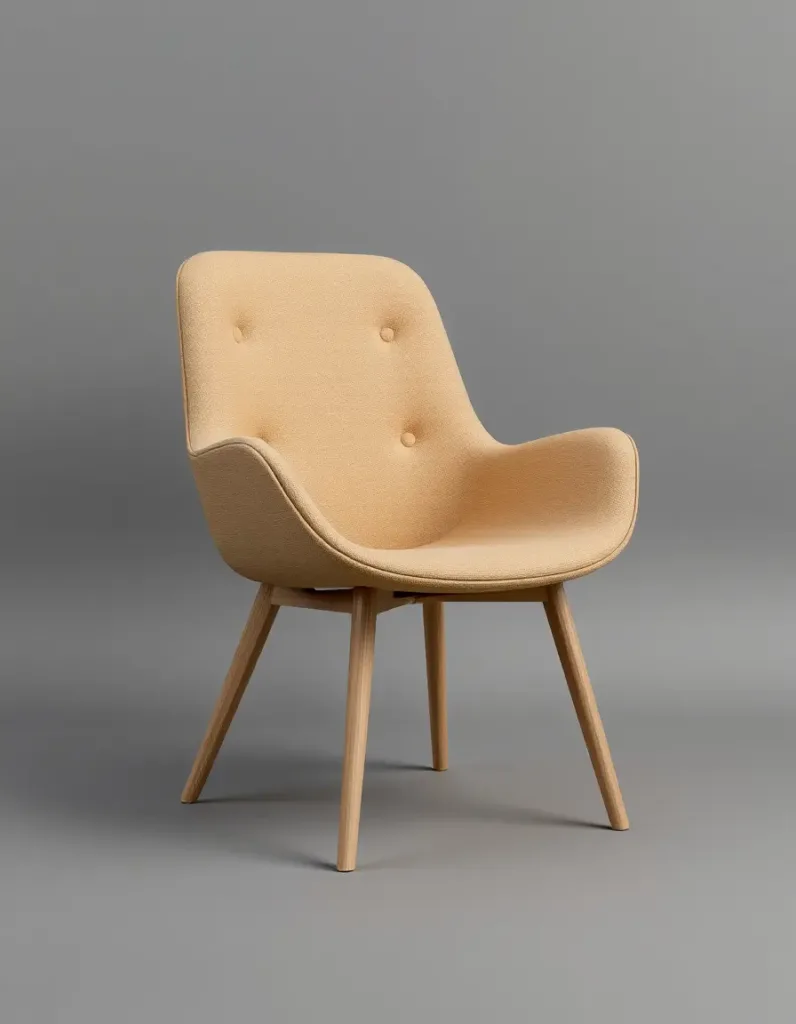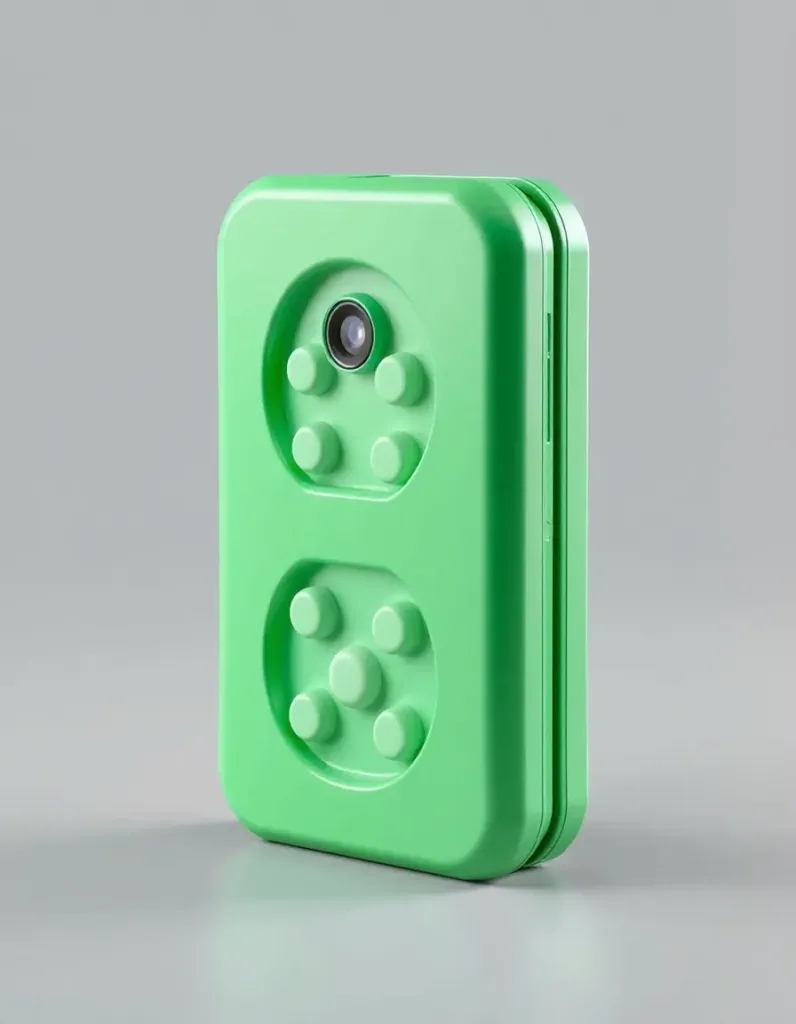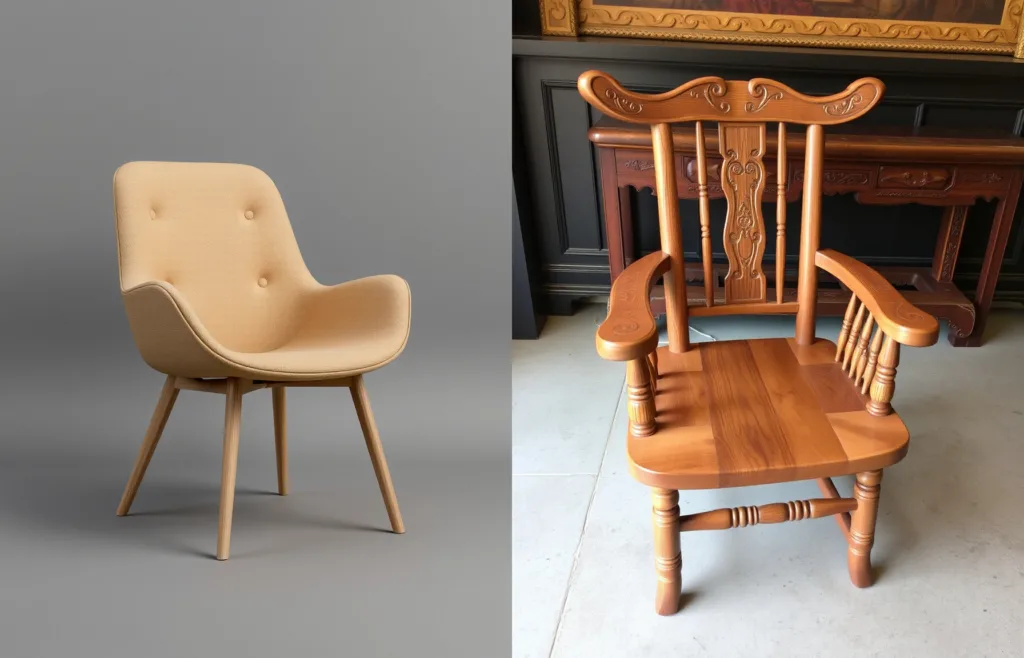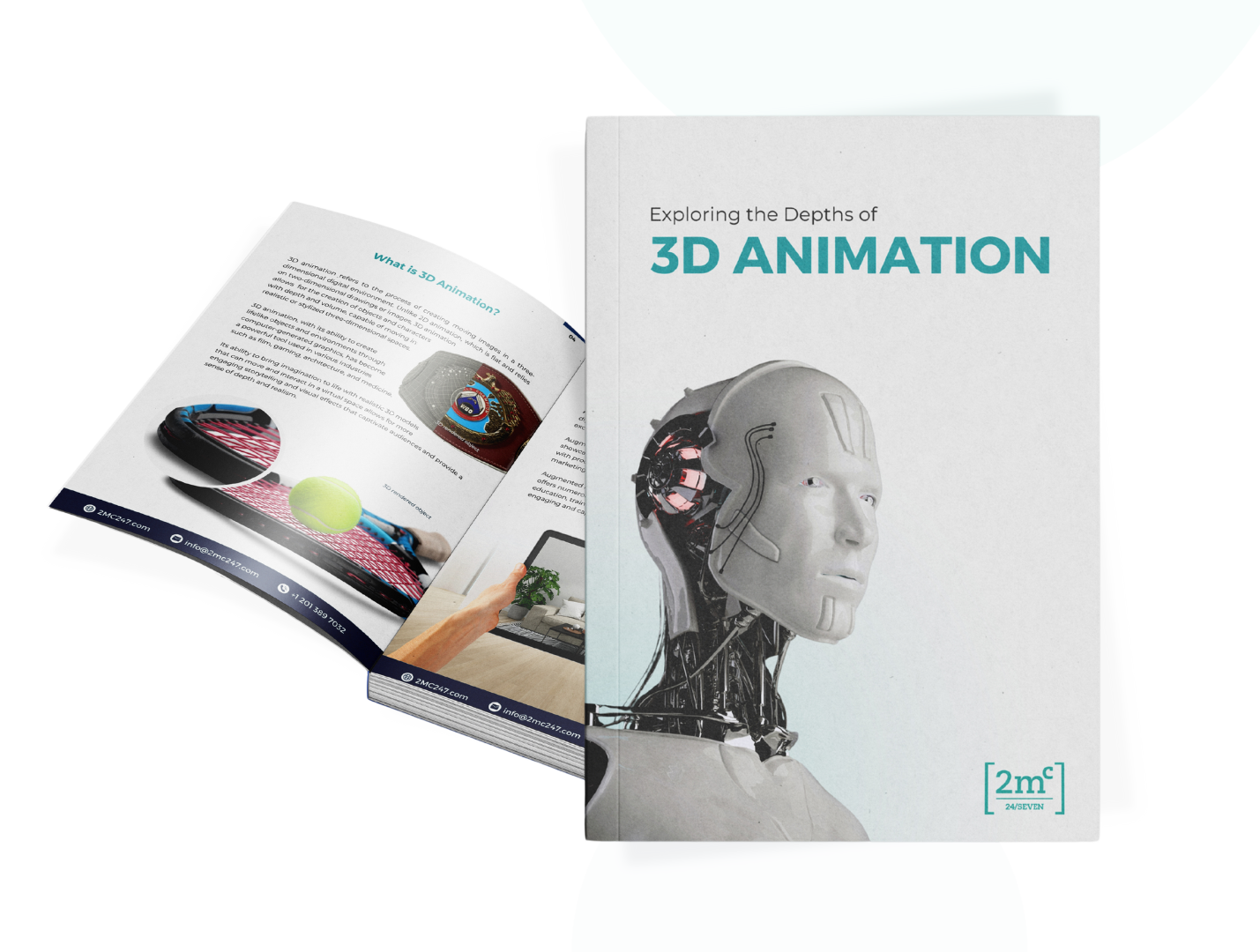In today’s highly competitive visual content market, 3D rendering has become essential for industries ranging from architecture and interior design to e-commerce and entertainment. While the demand for 3D renders has increased, there’s also a rising expectation for speed without sacrificing quality. This is where the fastest 3D rendering companies shine, meeting client demands with impressive turnarounds and maintaining high standards.
So, what sets these companies apart from the rest? Why are they dominating the international market? Let’s explore the reasons why some 3D rendering companies are leading the charge in the industry.

1. Embracing Cutting-Edge Technology
One of the key factors that enable these companies to stay ahead of the curve is their investment in cutting-edge technology. The best 3D rendering companies utilize the latest software and hardware to process complex scenes and create stunning visual outputs quickly.
From using cloud rendering services for seamless parallel processing to employing high-end GPUs and custom-built workstations, these companies ensure that every rendering task is optimized for speed and efficiency. With these tools at their disposal, they can generate high-quality, photorealistic images and animations in less time, meeting the growing demand for rapid project completion.
2. Highly Skilled Talent Pool
Behind every fast 3D rendering company is a team of highly skilled professionals who can work under pressure without sacrificing creativity or attention to detail. These teams comprise experienced designers, animators, and technicians who are masters of their craft. Their technical knowledge combined with artistic expertise allows them to handle even the most complex projects while delivering results quickly.
The ability to work efficiently without compromising on the final product quality is what makes these teams indispensable. It’s not just about finishing projects fast; it’s about ensuring that the renderings meet client specifications and visual expectations, all while keeping timelines tight.
3. Efficient Workflow Processes
Another distinguishing factor of these top 3D rendering companies is their streamlined workflow processes. Leading firms know that time is of the essence, which is why they have established clear project management strategies to optimize every stage of the rendering process.
These processes often include automated systems for managing assets, rendering queues, and client feedback. This means that once a project starts, it proceeds smoothly with minimal delays. They break large, complicated tasks into smaller, more manageable pieces, ensuring the project stays on track and deadlines are met.
4. Scalable Operations to Handle Large Volumes
The demand for 3D rendering services is continuously growing across industries, with companies needing high-quality visual content on short notice. The fastest 3D rendering companies are able to scale their operations efficiently to handle large volumes of work, enabling them to take on multiple projects simultaneously without sacrificing quality or turnaround times.
This scalability is achieved through robust systems, a large pool of talented professionals, and access to additional rendering power, such as cloud-based services. With the ability to quickly ramp up production capacity when necessary, these companies are always ready to meet the growing needs of their global clientele.
5. Global Presence and Cross-Cultural Expertise
To dominate the international market, these 3D rendering companies have expanded their reach beyond local borders. By establishing a global presence, they can provide faster service to clients across different regions and industries, effectively navigating time zone differences and understanding the diverse needs of customers.
Furthermore, international teams bring cross-cultural perspectives to the table, allowing them to collaborate on projects with a variety of visual and creative sensibilities. This flexibility ensures that clients get the best results, whether they are based in North America, Europe, or Asia.
6. Competitive Pricing Models Without Compromising Quality
Despite the rapid turnarounds and exceptional quality, leading 3D rendering companies have found ways to offer competitive pricing. This has enabled them to serve a wide range of industries—from startups to large enterprises—at various budget levels. Their ability to deliver high-quality work quickly and affordably has made them go-to solutions for clients seeking cost-effective visual content.
The key to their success is optimizing workflows and using advanced tools that cut down costs. By maintaining high standards and reducing unnecessary expenses, they can offer affordable pricing without compromising on quality or speed.
7. Commitment to Client Satisfaction
What sets the best 3D rendering companies apart is their unwavering commitment to client satisfaction. Fast and accurate project delivery is important, but what truly separates these leaders is their focus on creating positive experiences for clients.
They do this by being transparent about timelines, providing timely updates, and offering excellent customer service. The fastest companies also value collaboration, incorporating client feedback throughout the process to ensure the end result aligns with their vision.

The fastest 3D rendering companies dominating the international market have mastered the art of balancing speed, quality, and customer satisfaction. By embracing advanced technology, streamlining workflows, and employing highly skilled teams, these companies meet the demands of a rapidly evolving market while maintaining exceptional standards. Whether it’s architectural visualizations, product renders, or animated content, they deliver high-quality results faster than ever before.
At 2MC 24/7, we understand the importance of providing high-speed, top-quality 3D rendering services that bring your vision to life. Our team of experts is ready to take on your next project, ensuring fast turnarounds and outstanding results.
Contact us today to learn how we can help accelerate your 3D rendering needs and provide exceptional visuals that drive your business forward.
